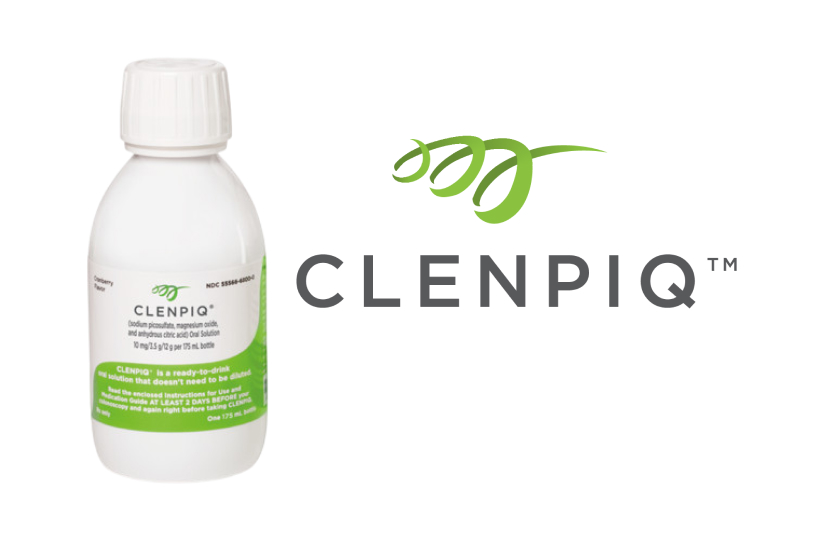- Colonoscopy is a safe procedure and complications are rare, but they can occur.
- Risks include:
- Adverse reactions to the medications used to sedate you are possible. By learning about your previous medication allergies or reactions and about health problems such as heart, lung, kidney, or liver disease, we will try to minimize the likelihood of an adverse reaction.
- Medications can also cause irritation in the vein at the site of the intravenous line. If redness, swelling, or warmth occur, applying a warm wet towel to the site may relieve the discomfort. If the discomfort persists, please call the office.
- Aspiration (inhaling) of food or fluids into the lungs, the risk of which can be minimized by not eating or drinking for the recommended period of time before the examination.
- The colonoscope can cause a tear or hole in the tissue being examined, which is a serious problem, but fortunately, very uncommon (approximately 1 in every 3,000-5,000 colonoscopies).
- Bleeding can occur from biopsies or the removal of polyps, but it is usually minimal and stops quickly or can be controlled.
- Lastly, colonoscopy is the best test for preventing colon cancer, but it is not perfect.
- Due to visual limitations that can occur, it is possible to miss seeing a polyp.

Contact Us: (224) 407-4400 or Email Us




